

In Focus is Archinect's series of features dedicated to profiling the photographers who help make the work of architects look that much better. What has attracted them to architecture? How do they work? What type of equipment do they use? What do they think about seeing their work in blogs?
In this feature, we talk to Marcus Peel based in London.
What is your relationship with architecture? What drew you to architecture, as a photographer?
Initially, it was my Dad’s photographs of architecture. His graphic style and bias towards all things geometric instilled my interest in architecture and architectural photography.
While at school, I was considering a career in architecture but was then offered the opportunity of doing its first photography module for G.C.S.E. Art; and then its first Photography A Level. I was then offered a place at The Surrey Institute of Art and Design (now University for the Creative Arts); and had the privilege of being tutored by a number of renowned photographers including: David Bate, Robin Dance, Jason Evans, Anna Fox and Martin Pover.
Shortly before graduating, I started assisting two architectural and interiors photographers and continued for a year before launching my business.

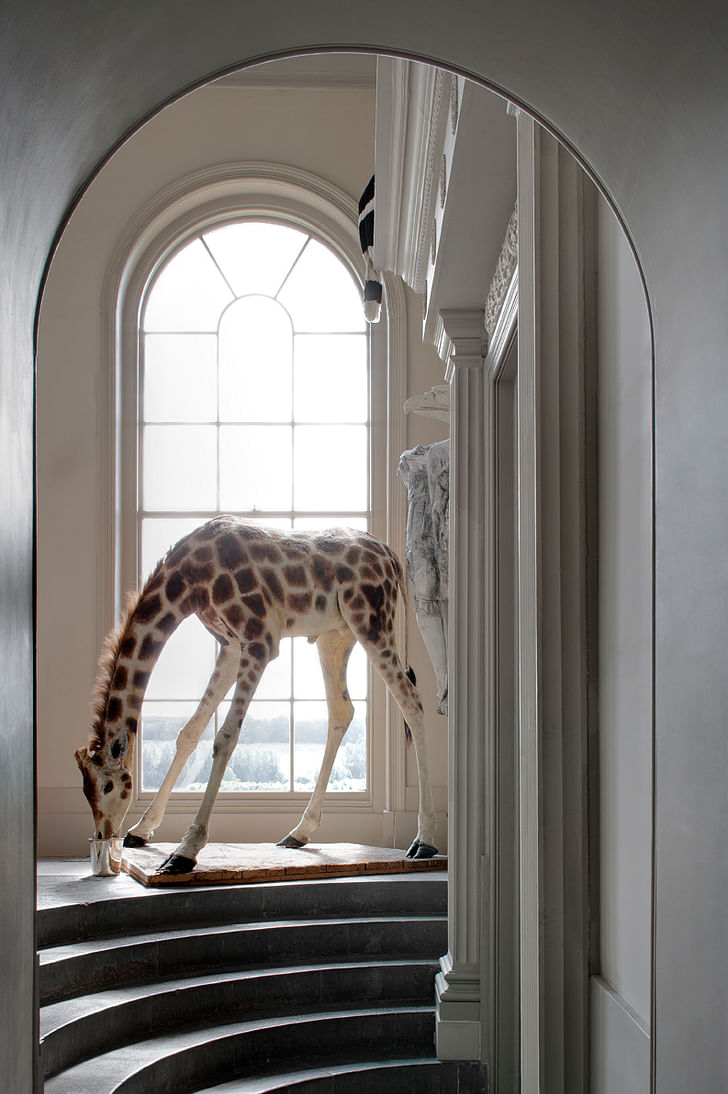
Describe how you work... who are your clients?
It’s always a team effort from start to finish. Each shoot could involve as few as two people, to as many as 12 or more; including my client, my client’s client, the head of marketing, the art director, my assistant, my digital operator, the interiors stylist, the fashion stylist, the hair and makeup artist, the model and my agent.
My client base is intentionally diverse and includes architects, interior designers, artists, design companies, PR companies, fashion houses, advertising agencies, hotel groups and publishers. Recent shoots include an interiors and environmental portrait-based campaign for Ketchum, a school extension for Orms and ISG and Joseph Cheaney’s new London store for Checkland Kindleysides.
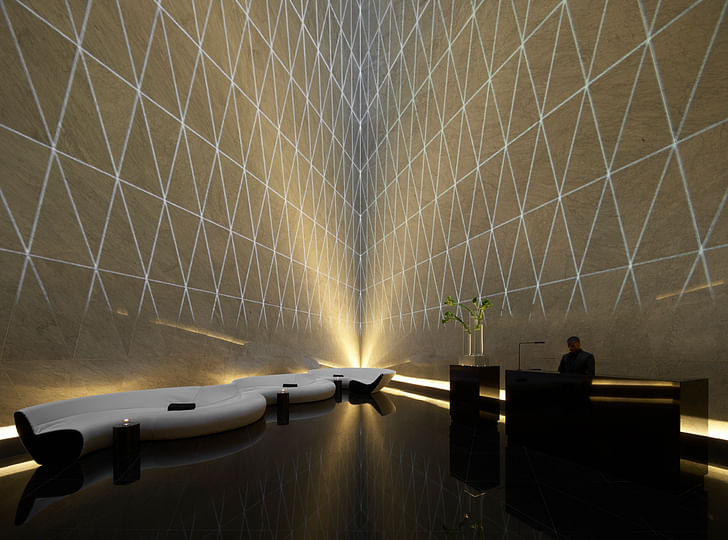
The diversity of my client base creates diversity in commissions too. I never know what project will be needing photography next. It might be a tower in Hong Kong, working in 85% humidity and half a day to capture an extensive shot list (totally self-inflicted mind!), a butterfly farm in London, where the colours are not how they appear under the ultraviolet light or an ice hotel in the Arctic, where it feels surprisingly warm in the regulated minus five degrees Celsius inside compared to the minus 25 degrees outside!

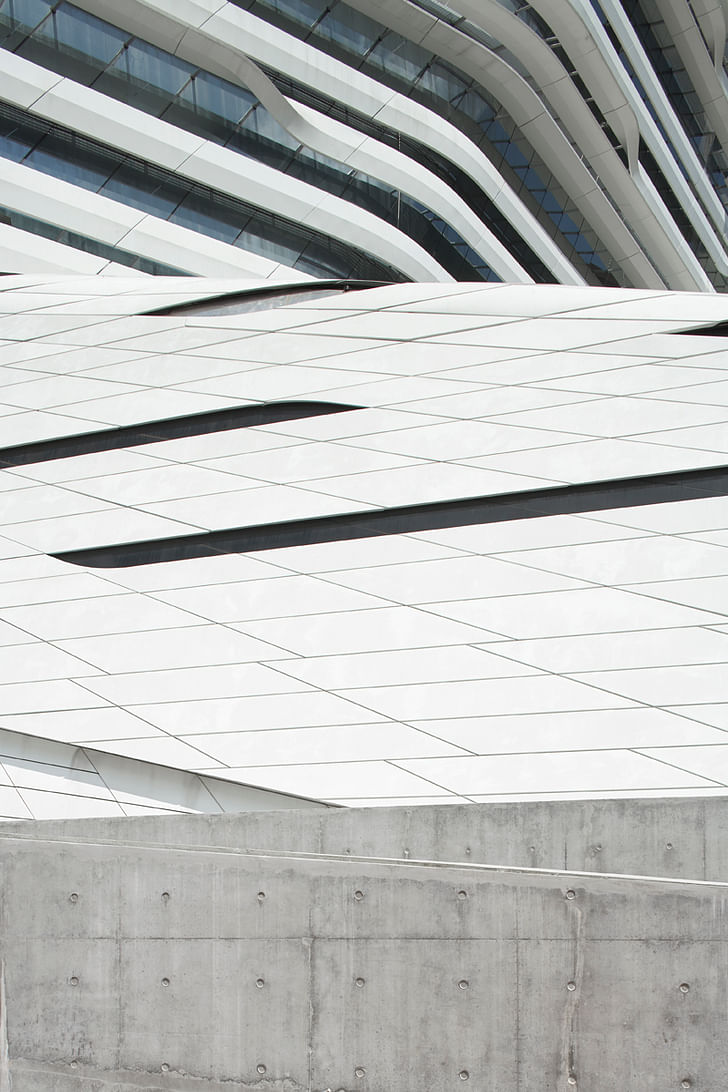
The scope for creativity depends on my client. One could be very exact with the requirements and another could give me cart blanche.
The shoot would be planned as thoroughly as possible before the day. I would always try for a site visit with my client to hear their story about the project while I look for its best depiction. If opportunity allows, we would decide on the creative approach and shot list together.
If a site visit isn’t possible then we would talk through the project over the phone, in support of any supplied spec shots and architectural drawings.
That said, you can never be 100% sure of what the day will bring so being as prepared as possible will sometimes allow you to turn the unexpected to your advantage. Serendipity is a wonderful thing!
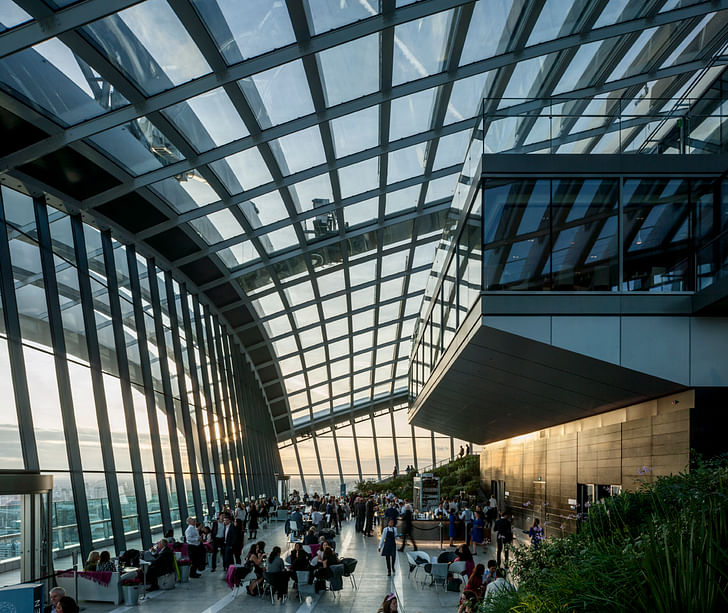
I also shoot personal work when time allows. My most recent series, Architecture in Progress, is a depiction of London’s perpetual state of architectural change. I’ve captured the buildings at a stage of construction where their identities are visible but not complete.

Do you mostly work in a specific region? What is your travel schedule like?
The majority of shoots are in London but they can take me anywhere, whether it’s within the UK or overseas. Right now, I have London, Oxford, Dubai, Tokyo and L.A. in the calendar.


What are your thoughts about including people in your photos? Is it important to photograph a building in use, or by itself?
The nature of the building determines this, among other factors that might or might not be within my control. I would talk through the project with my client before making this decision and we usually decide together on what would be most appropriate.
On the flip-side, I also photograph environmental portraits. The architecture serves as the foundation to the photograph. I analyse the design, searching for features that would help serve as the framework and tell the right story, while depicting the relationship between person and place. I never try for fake behaviour but rather allow the person to respond in their own way.

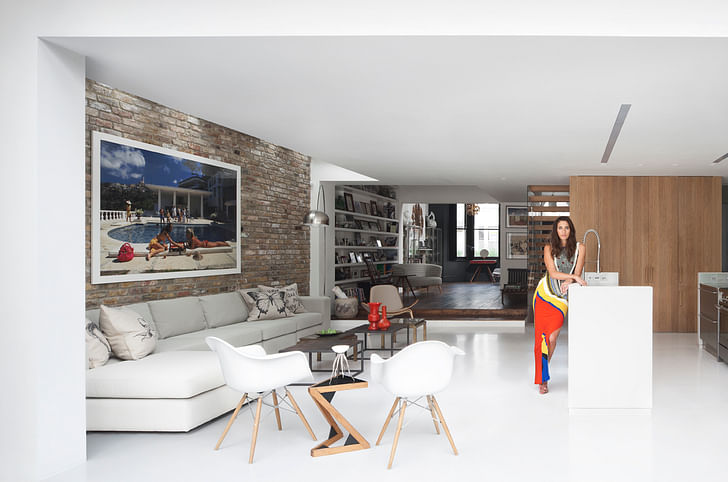
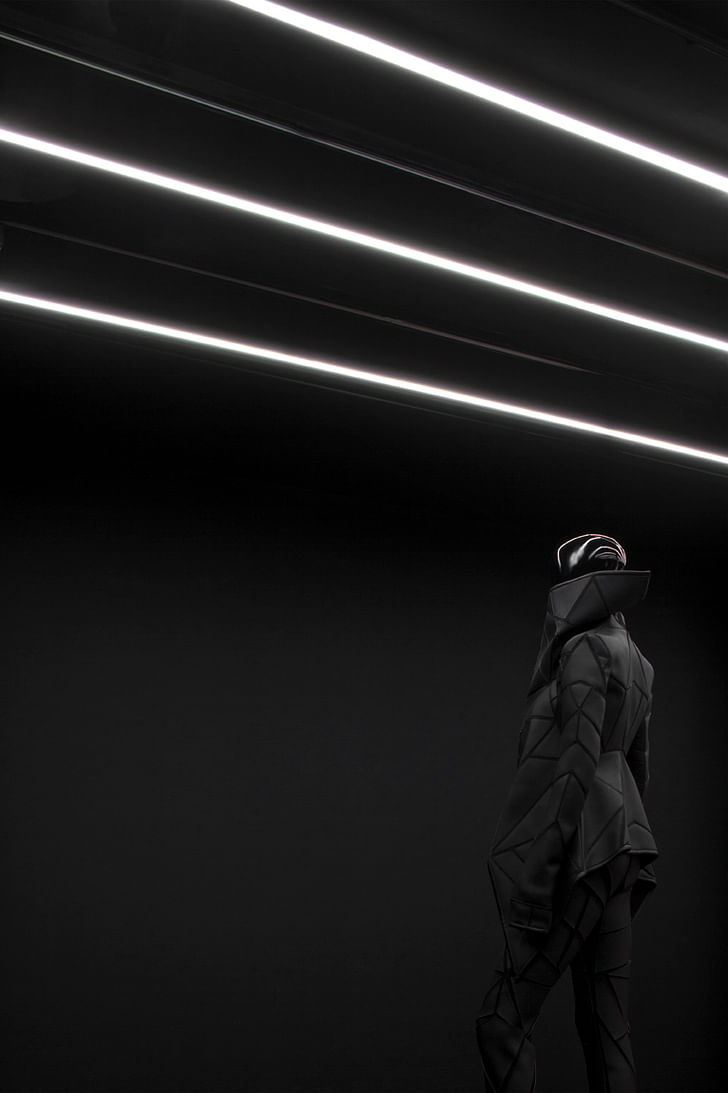
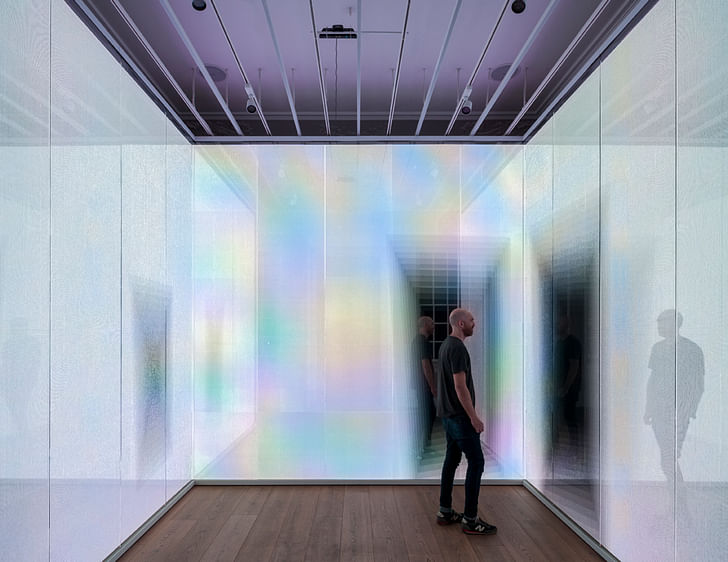
What are your favourite pieces of equipment?
The Canon 5Ds for the large file size. It has significantly influenced the way that I work and treat my photographs; allowing me to crop each photograph to realise my previsualizations without the concern for compromise.

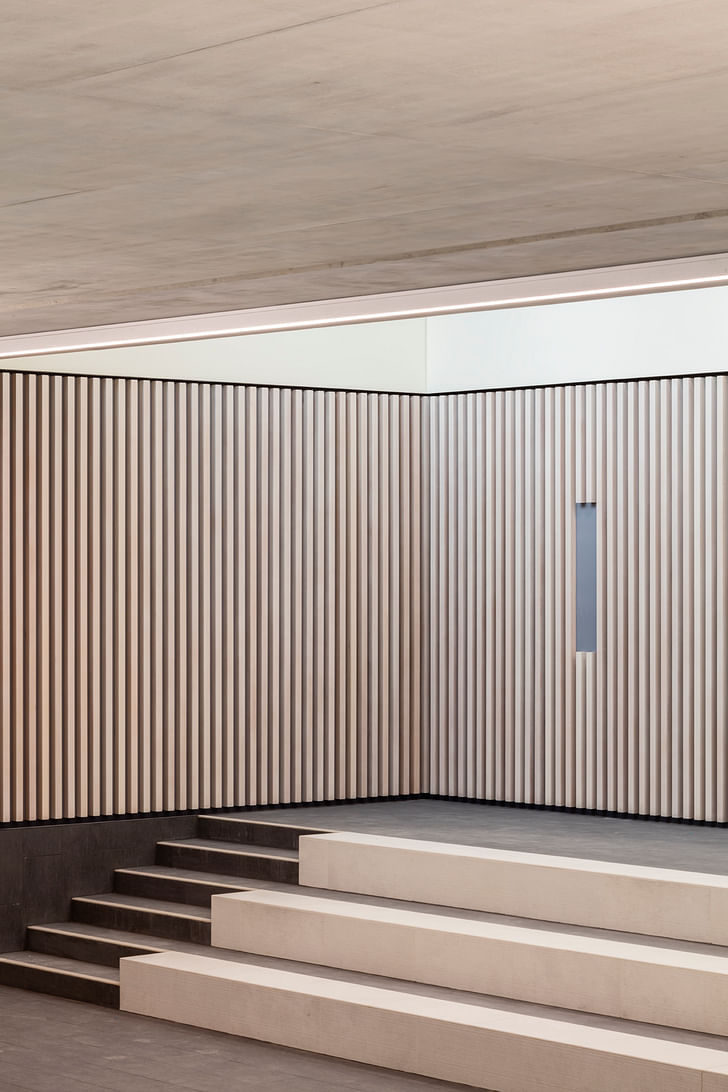
Do you work alone?
Rarely. I’m usually working with my client and an assistant. It always proves extremely valuable to work as a team, sharing each other’s vision and concepts to reach a collective decision on the final result.
How do you feel about seeing your photographs on blogs and websites?
Excited! It’s great exposure for everyone.

Marcus is an award winning architectural and interiors photographer based in London. His work has been widely published in Blueprint, Vogue, Wallpaper, Dezeen, Telegraph magazine, Architectural Digest, Conde Nast Traveller and Icon among many more.
He has travelled all over the world for his clients, working with some of the biggest names not only in architecture but art, fashion and advertising including; Christian Louboutin, Conran and Partners, Balmain, Google, Nike, Orms and Zaha Hadid Architects.
You can follow his work on his website , Instagram, Facebook and Twitter
Ellen Hancock studied Fine Art and History of Art at The University of Leeds and Sculpture at Mimar Sinan Fine Arts University in Istanbul.Now based in London she has a keen interest in travel, literature, interactive art and social architecture.
No Comments
Block this user
Are you sure you want to block this user and hide all related comments throughout the site?
Archinect
This is your first comment on Archinect. Your comment will be visible once approved.